Description
Weight Range Suggestions
3-7 kg 2.0 MPL
Designed with the surgeon in mind, the plates include features to help create a more reproducible procedure. The plates have proximal and distal locking holes and are designed to be less prominent under the skin. The plates contour to the bone and are shaped for optimal plate positioning. Features designed to facilitate proper plate placement include K-wire holes, laser lines, and proximal screw holes with specific trajectories within the proximal fragment. Additionally, the plates include a suture hole for the application of an InternalBrace™ ligament augmentation, providing rotational stability.
PRODUCT TECHNICAL SPECIFICATIONS
- Bridge designed to span the osteotomy
- Step to support translation of the proximal fragment
- Locking, VAL (titanium only), and a compression screw hole
- 2 distal K-wire located on the distal end of the plate, 1 proximal and 1 distal to the compression hole
- Laser lines are designed to understand the location of the step
- 2.0 mm, K-wire size, 1.14 mm/.045
Key Features and Benefits
- Step to offset the fragment including slight torsional rotation on smaller sizes
- Proximal screw trajectories avoid the joint
- Distal suture hole to aid in soft tissue closure
- Scalloped underside to distribute stress and minimize contact
- Proximal suture hole to support rotational stability
- Multiple K-wire holes allow surgeons to choose what is best for the patient
- Distal locking hole to protect the osteotomy site
- Laser line represents the location of the step
- Anatomic plate design with left and right options
TECHNICAL PEARLS
- If the K-wire interferes with the locking guide, cut K-wire <10 mm to properly place the locking drill guide in the threads of the locking screw hole.
- The locking K-wire guide can be placed in a locking screw hole to check the trajectory with or without fluoroscopic guidance.
- Bending plugs match the material of the plate to avoid galvanic corrosion.
- VAL screws, if not carefully handled, can converge with another screw; this can occur based on the angle, length, and other screw orientations.
- When medial buttress is present, contouring may be required; checking the proximal screw trajectory will be necessary.
- When placing compression screws, the more distal the drill hole within the oval hole, the more compression will be achieved.

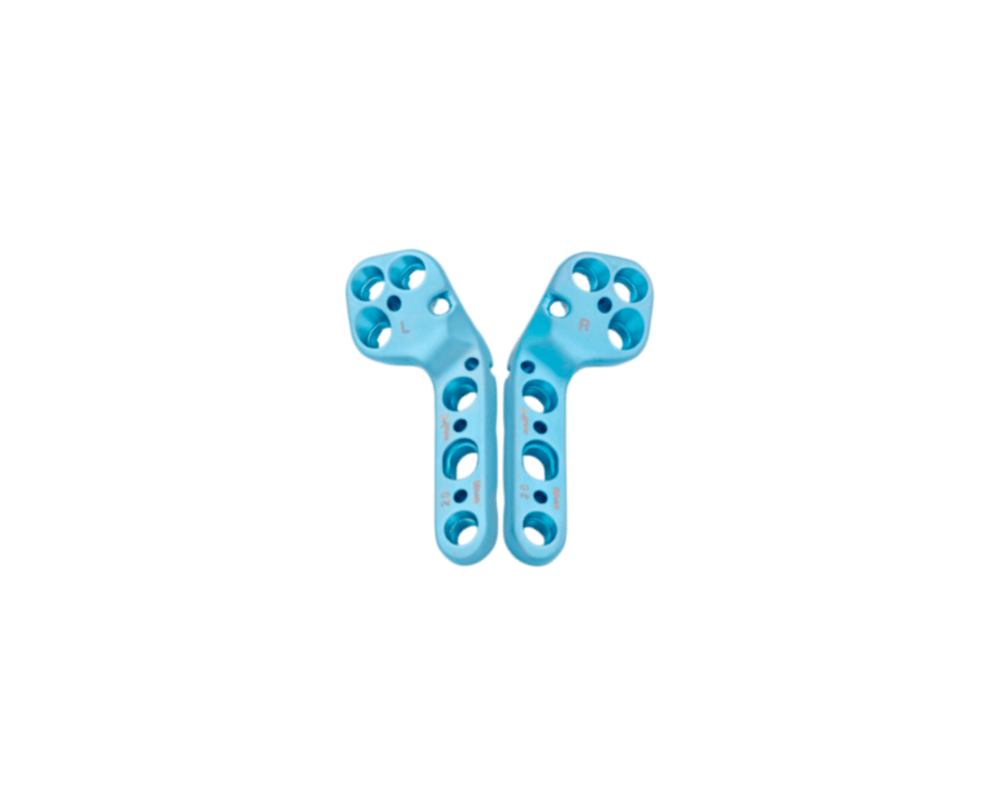
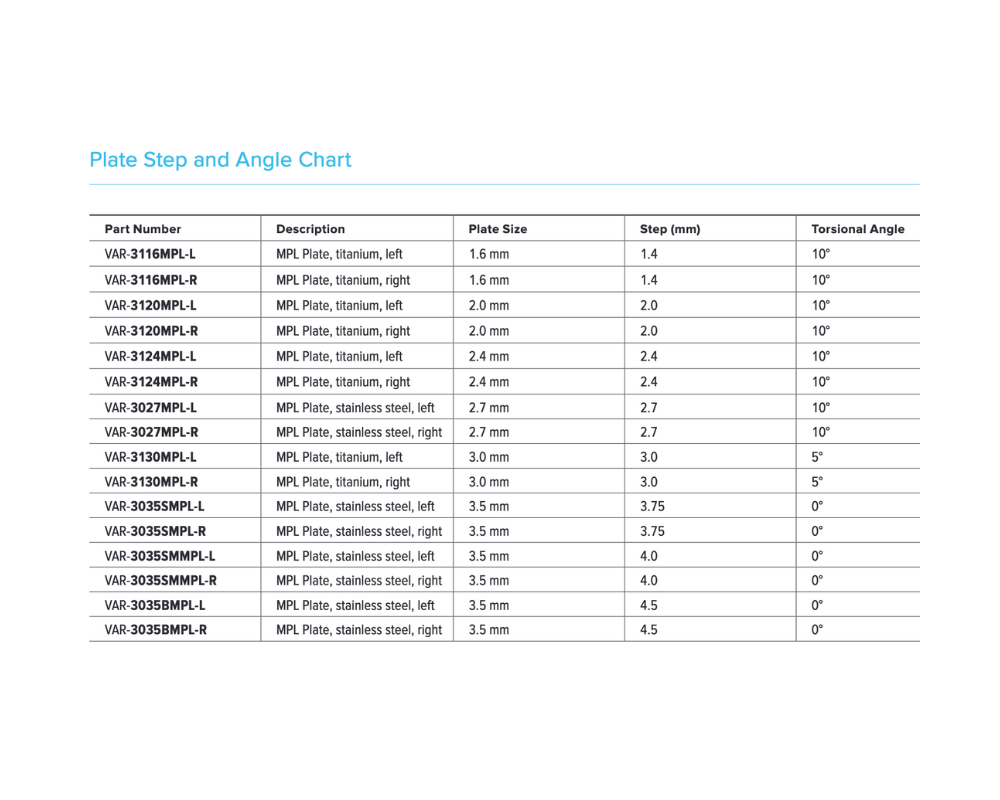
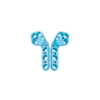

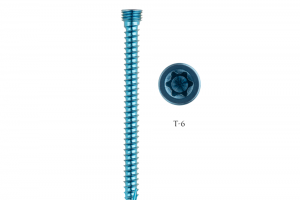
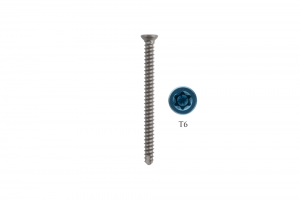
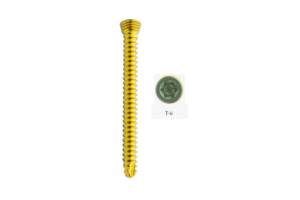
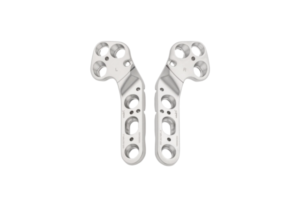
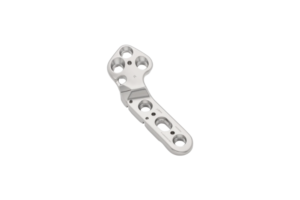
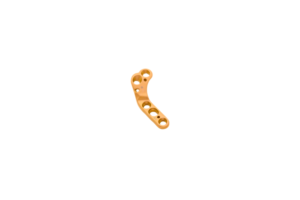
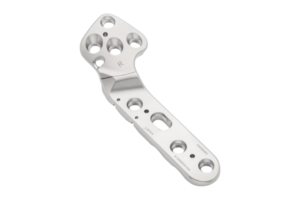
Reviews
There are no reviews yet.